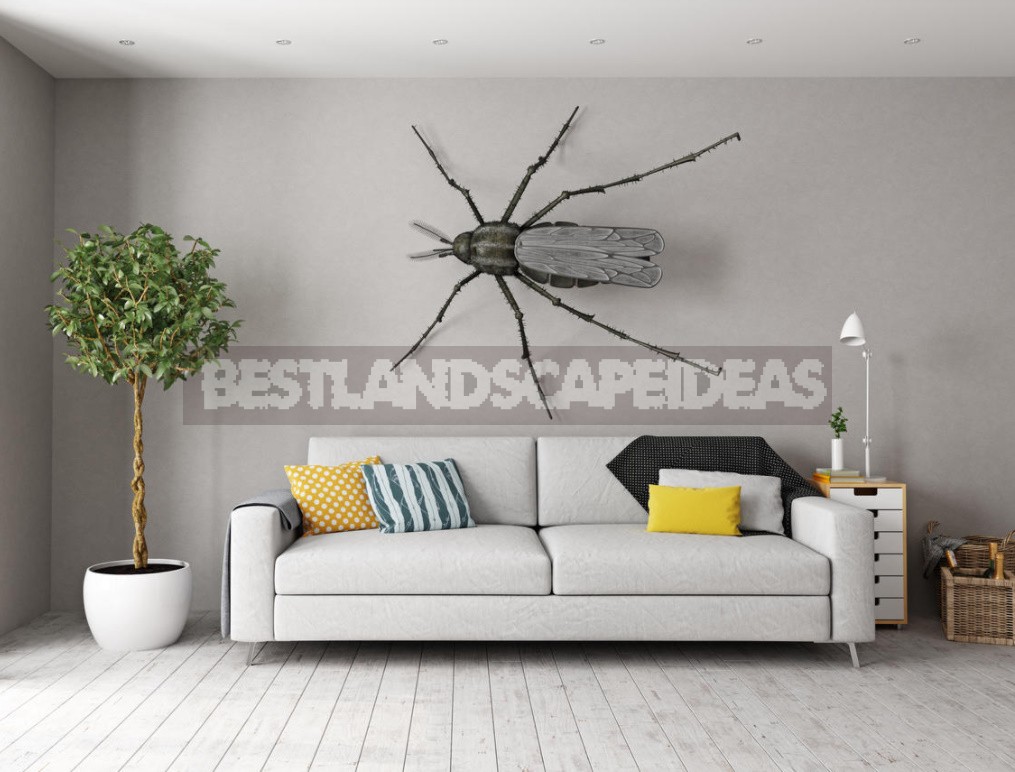
How nice to be back home! Here, where it is cozy, clean and warm, we feel protected, because even the most sociable extrovert needs to be at home alone from time to time, without company. However, our privacy is at risk of being incomplete: the house may be occupied by unpleasant tenants who do not know the rules of etiquette. Let’s go through the apartment and let the uninvited guests know that it’s time and honor to know!
Wardrobe
We start the tour with the wardrobe. Who’s hiding in the wardrobe? The most annoying inhabitant is the moth. She gets into the house with already infected things. Moreover, there are 2 types that specialize in different types of fabrics — the owner of clothing made of natural materials can meet fur and dress moths.
The fur moth chooses fur products, since the food source of its larvae is the villi. The adult insect is small, shiny, beige in color, has a fringe on the edges of its wings, and is quite cute (it doesn’t eat the most beautiful things for nothing). The wingspan is about 15 mm. The butterfly lays many eggs, from which larvae emerge-caterpillars with white or translucent skin and a red head. For growth and development, they need keratin, the content of which is high in the pile, and they consume it.
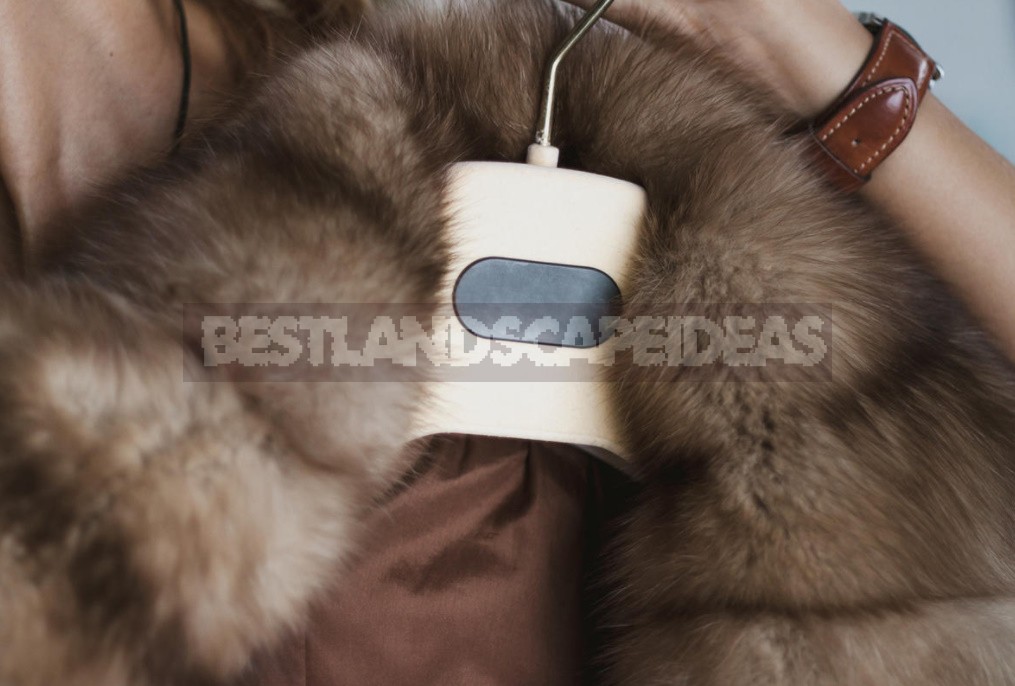
The dress moth is larger — with a wingspan of 20 mm. The butterfly is more variegated: spots are visible on the ends of the lower pair of wings. Its larvae, superficially similar to the larvae of the fur moth, prefer to feed on drape and cloth. Moreover, the caterpillars try not to stay on the surface of the fabric, but to get deeper into the folds, where they gnaw out large areas.
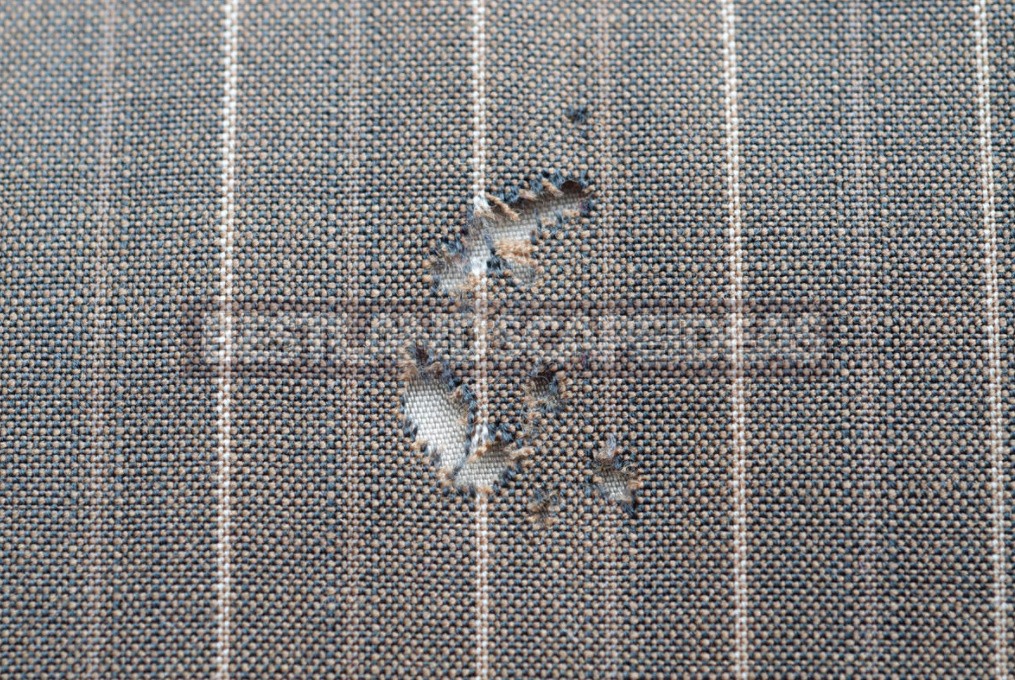
Unfortunately, in the closet you can find not only the company of moths with offspring. There is another parasite, however, it is much less common. It’s a leatherback beetle. It is very small (maximum length 2 mm), secretive and has an excellent disguise. The body is oval, hairy, there are barely noticeable stripes, but few people will be able to see them with the naked eye.
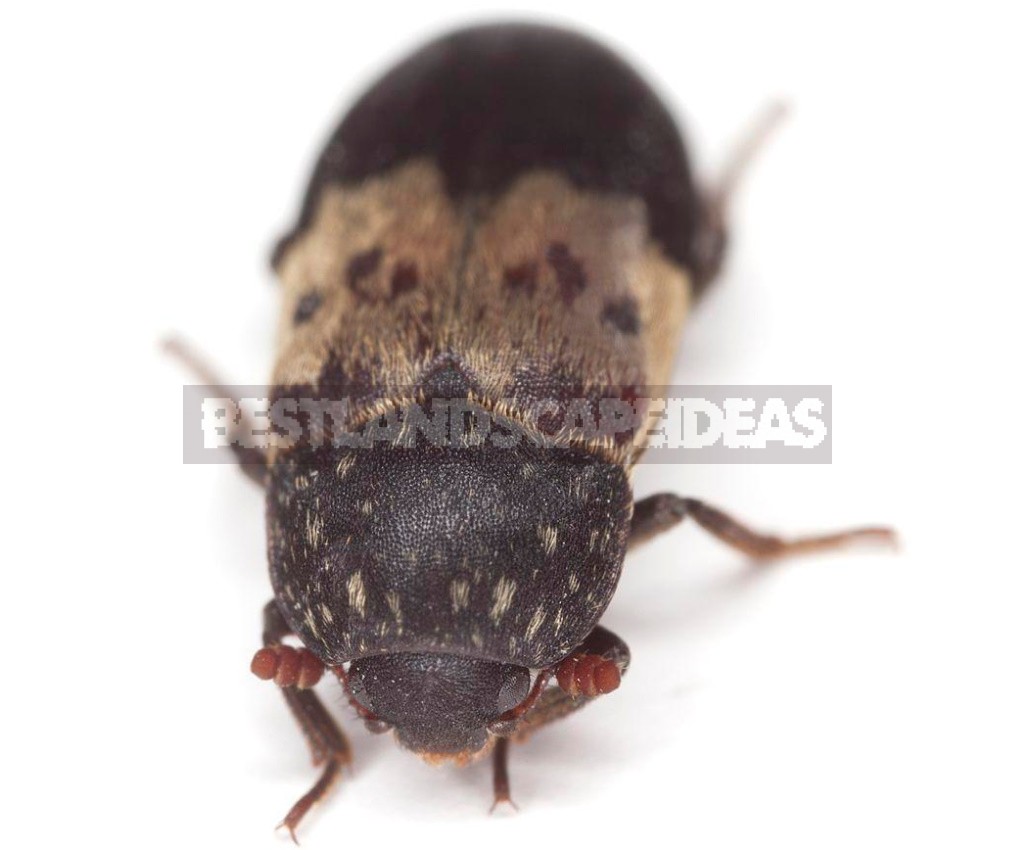
This bug likes to live next to a person, as it feeds on their skin. No, this does not mean that it will jump on your neck and start gnawing at the top layer of it. Adults prefer the juice of plants, but the larvae eat the scales of the epidermis, which themselves fall off. Also, caterpillars gnaw and other natural materials-wood, leather, feather, wool. This parasite enters the house with infected things or through open Windows in the warm season.
Bedroom
In most homes and apartments, the bedroom is the Holy of holies, where outsiders are not allowed. This room is a private, intimate space, but it is here that the most unpleasant and dangerous hangers-on occur: bedbugs and dress lice. What distinguishes them from other domestic parasites is that they live in close proximity to humans, since they feed on their blood — this is their special danger. First, bites are often painful and cause a lot of inconvenience. And secondly, these insects can be carriers of serious diseases.
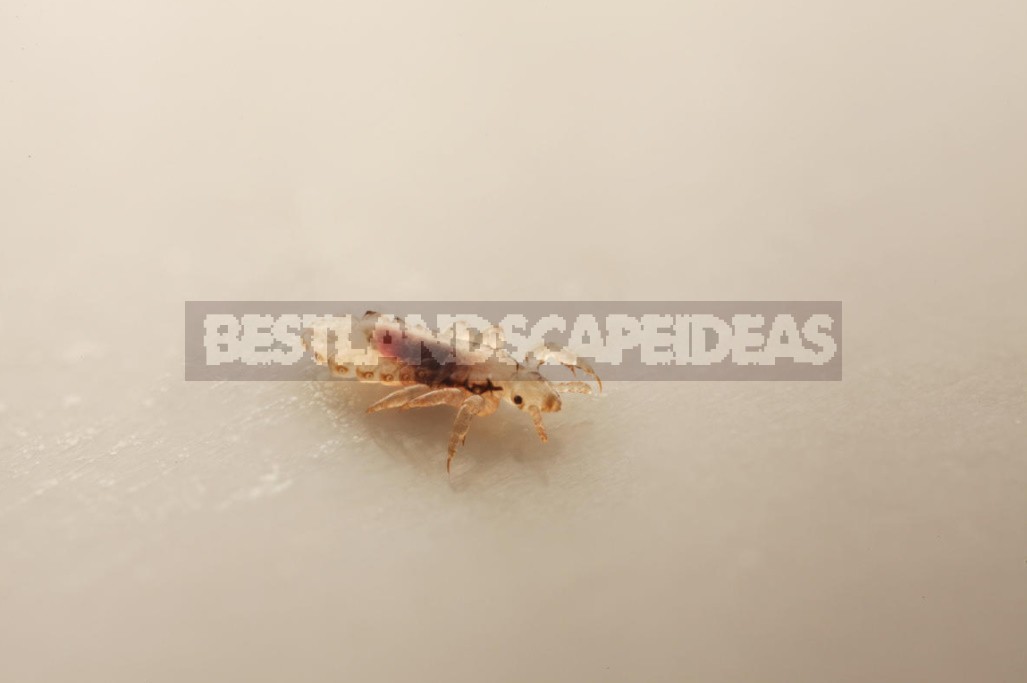
Dress lice are similar to head lice — they are close relatives. Clothes (or linen) are placed on clothes or in the folds of bed linen. At night, they are activated and, focusing on the smell, find a person, bite through his skin and drink blood. As a result, itchy red spots appear on the body, and Allergy sufferers may have a rash that develops into boils.
The bed bug is, you might say, the most sophisticated parasite. The capture of an apartment occurs when only 1-2 individuals are transferred to things, or insects purposefully move in order to find a new “food base”. From neighbors, for example, if they decided to fight them with modern methods. Animals can’t bring these insects.
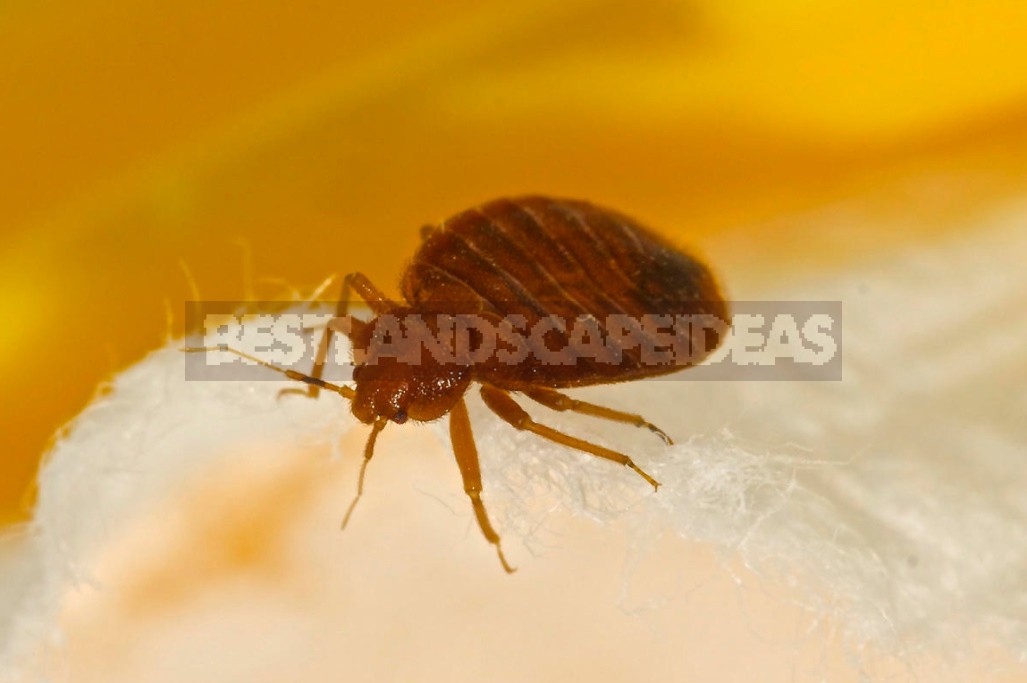
Interestingly, it is quite difficult to detect bedbugs. Many believe that harmful insects live in bed linen or beds, since the name indicates this. In fact, they nest under baseboards, under linoleum, and in other similar places (not even necessarily in the bedroom!), where they can quickly reach a person. But, of course, the old sofa is the most suitable habitat for bedbugs.

It is almost impossible to see parasites during the day. The main sign of their presence is bites that appear exclusively at night (regardless of the time of year) and in places on the human body covered with a blanket. Often these are chains of bites of 4-7 pieces. They are small, red and itchy. Bloodsuckers require an immediate response from the owner of the house.
Kitchen
Let’s go to the kitchen. Unfortunately, this is a real risk zone, where it is most difficult to be alone. Here are concentrated foods that attract the attention of cockroaches, ants, food moths, flour crustaceans, flour eaters and fruit midges. And if the latter appear mainly in the pear-Apple season, the rest can manifest themselves all year round.
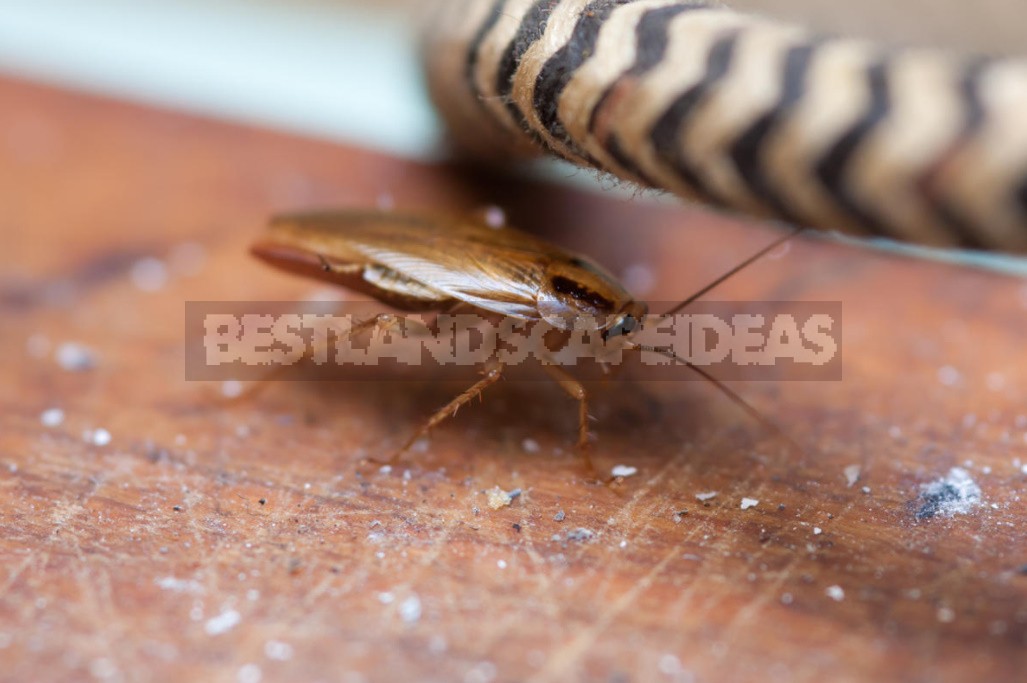
People often wonder where the parasites in cereals and flour came from. Especially clean Housewives begin to reproach themselves that, they say, did not catch up, did not clean up in time. You should not blame yourself, because food moths and flour beetles get into our food containers directly from stores. By the way, mealworms are now a healthy food trend. Scientists believe that they can become a full-fledged substitute for meat in the near future. Growing crustacean larvae is eco-friendly and hygienic, while the powder from dried worms is very nutritious. For example, a similar product produced in Finland contains up to 80% protein.

The food moth butterfly can be found on walls and ceilings; like any other moth, it is attracted to light. Its larvae, which look like small caterpillars of a whitish or pinkish color, are engaged in pest control of products. As food, they choose cereals, flour, sugar, dried fruits and berries-they do not harm clothing or furniture.
Products that contain flour beetles or food moths should not be eaten because of the risk of allergic reactions to the waste products of parasites. All infected items must be discarded, food containers must be disinfected — and special treatment must be carried out in the cabinets.
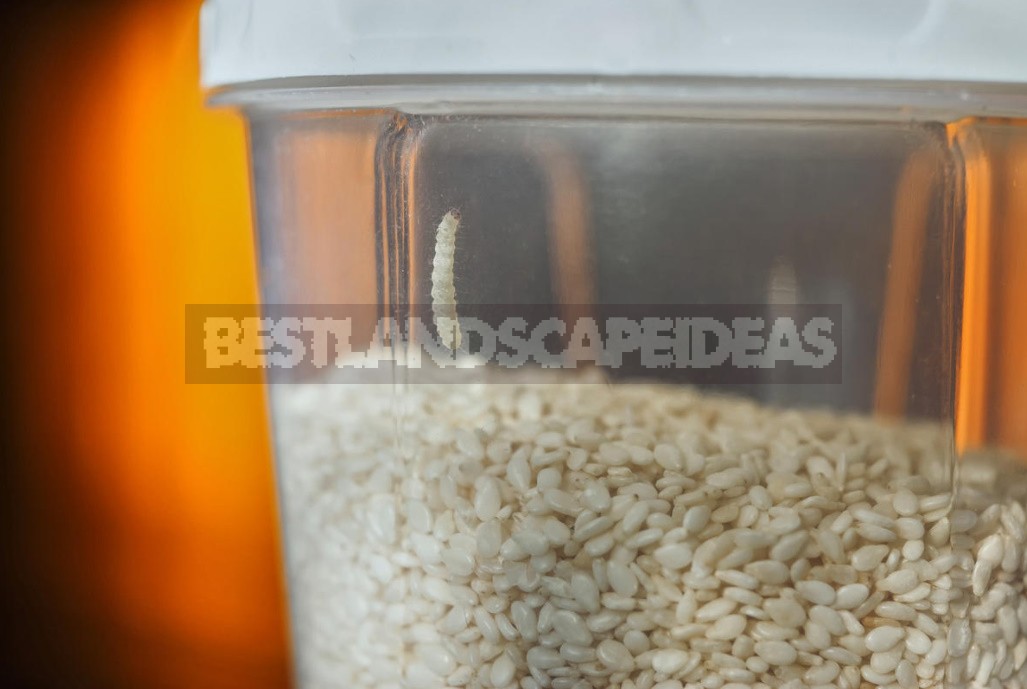
Cockroaches and ants are more complex “raiders”. They get into the house with the “help” of a person (bringing them with things from a dysfunctional room), and also move through the channels between apartments — through ventilation, electrical lines, crevices. They are attracted by the comfortable temperature and endless supply of food.
They eat almost all food, as well as wiring, insulation, can damage household appliances, as well as cause allergies and carriers of dangerous diseases. In the fight against these insects, first of all, cleanliness and a systematic approach are important.
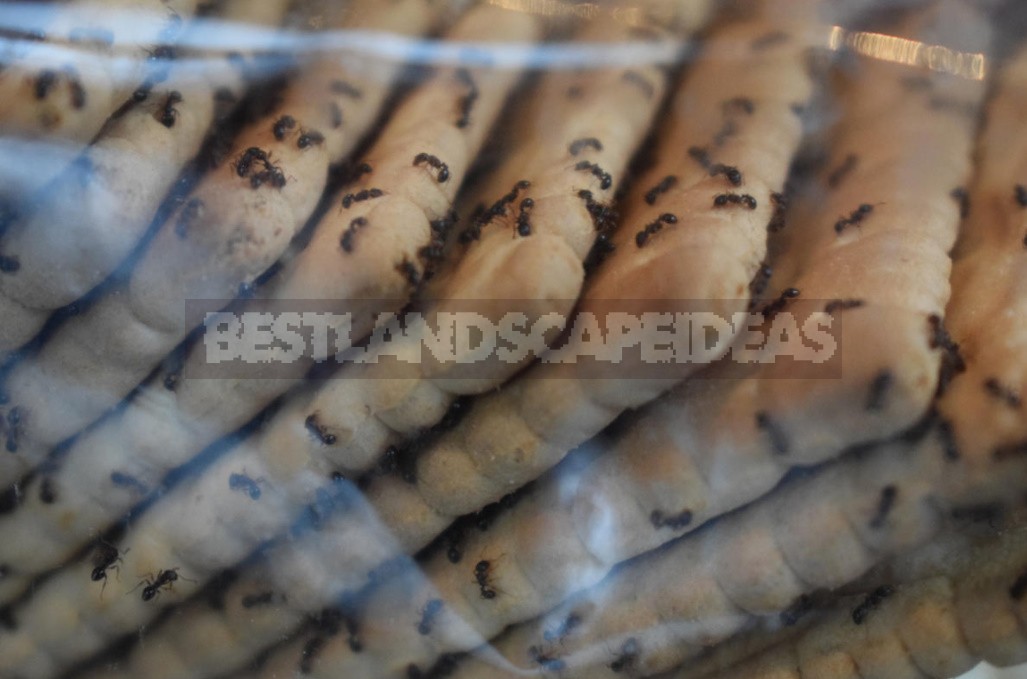
It wasn’t a very pleasant tour, and you won’t be able to be alone with such an overpopulation. No sane person will want to live next to these insects, so you need to start getting rid of them as soon as they were noticed. The main rule of fighting parasites is to create an unfavorable atmosphere for their survival and use modern effective means that reliably clean your home from uninvited guests.
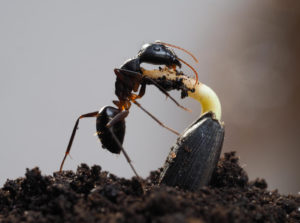



Leave a Reply